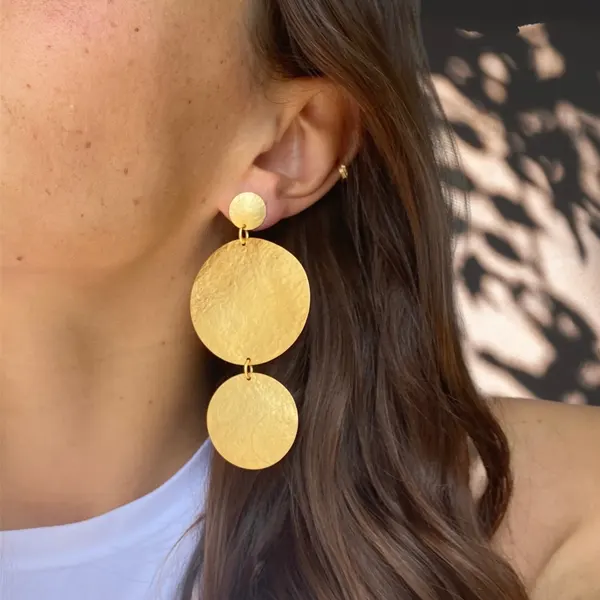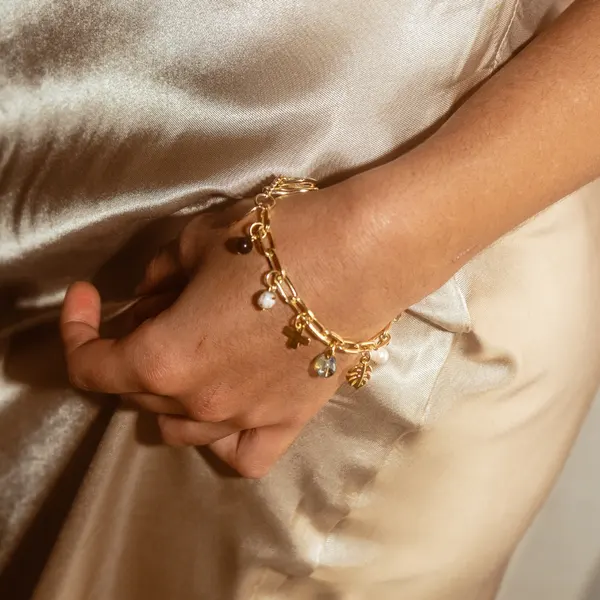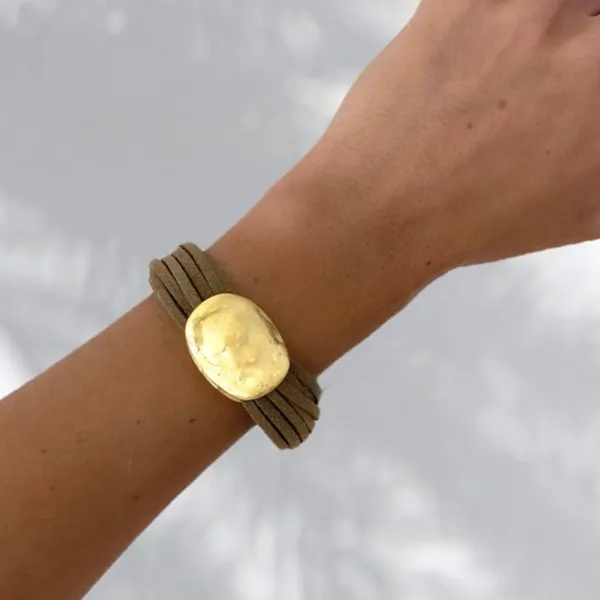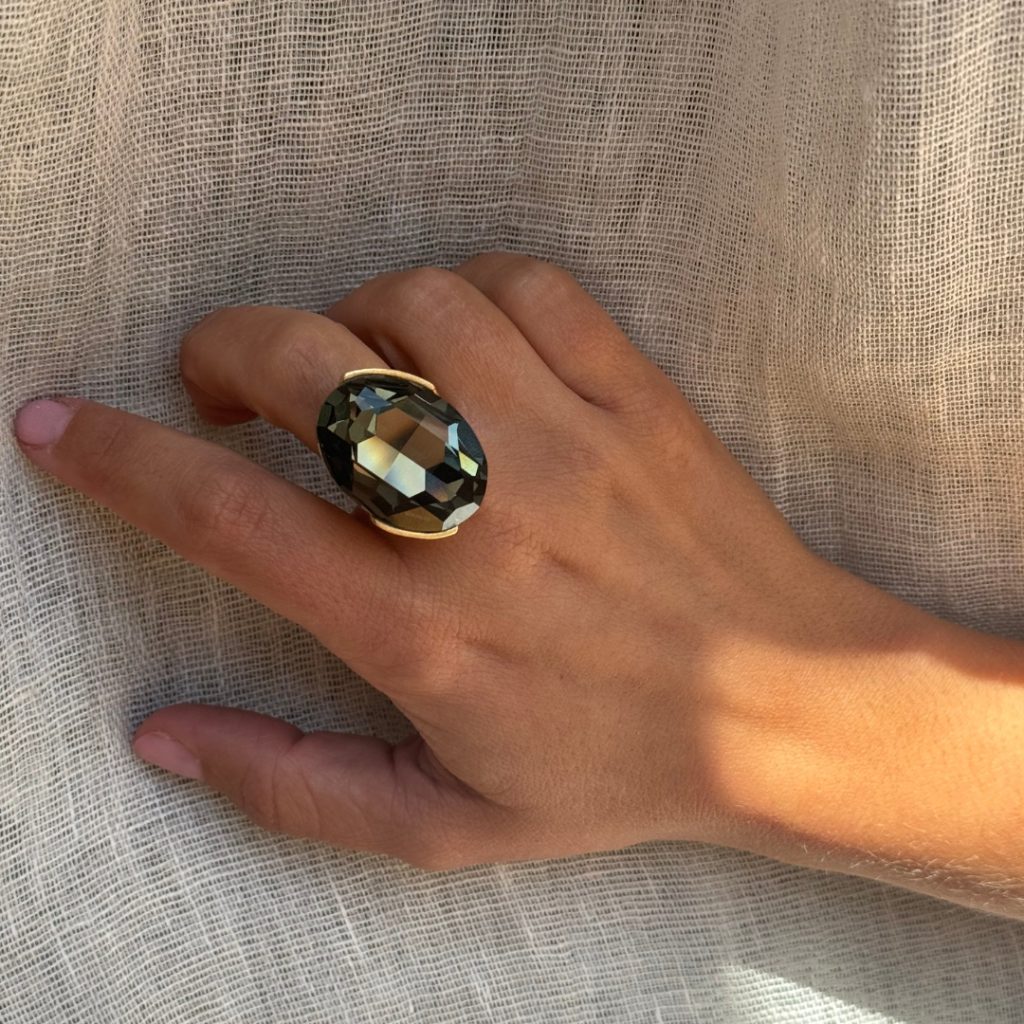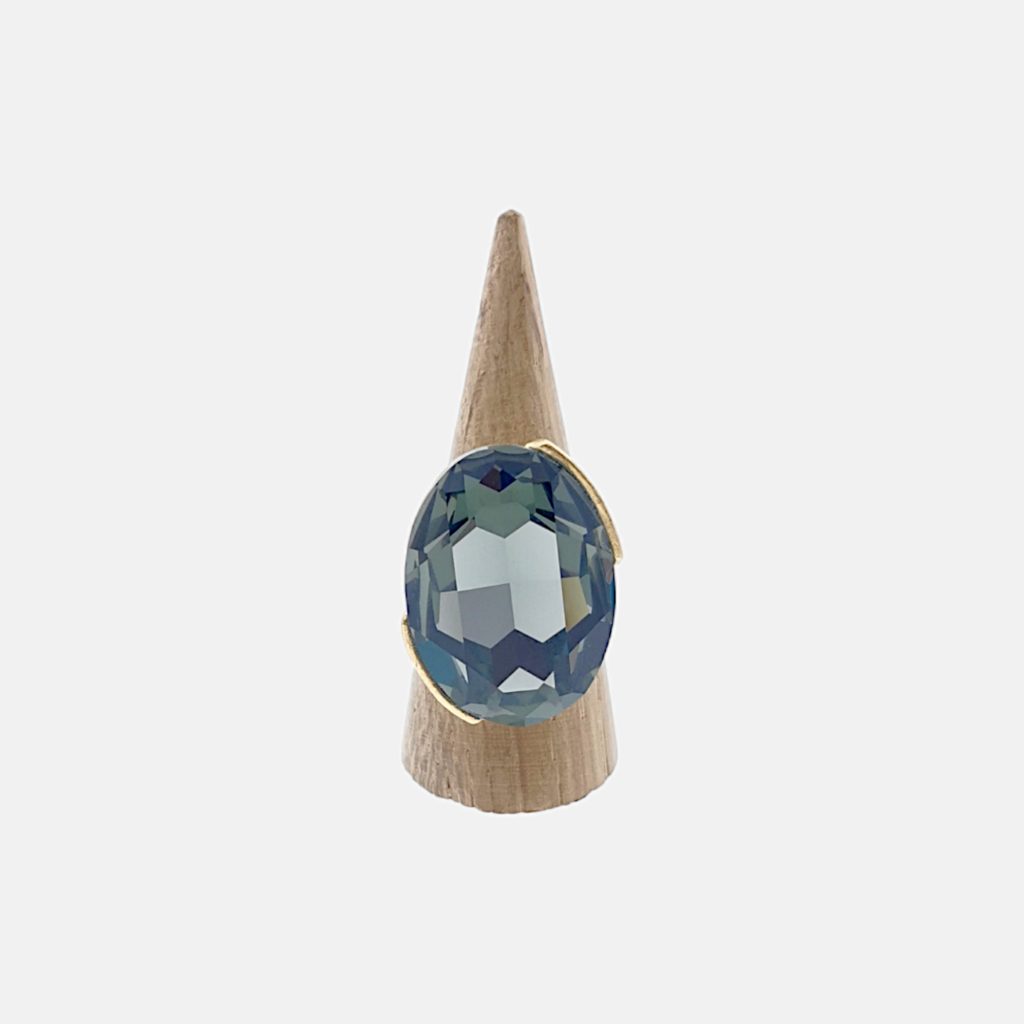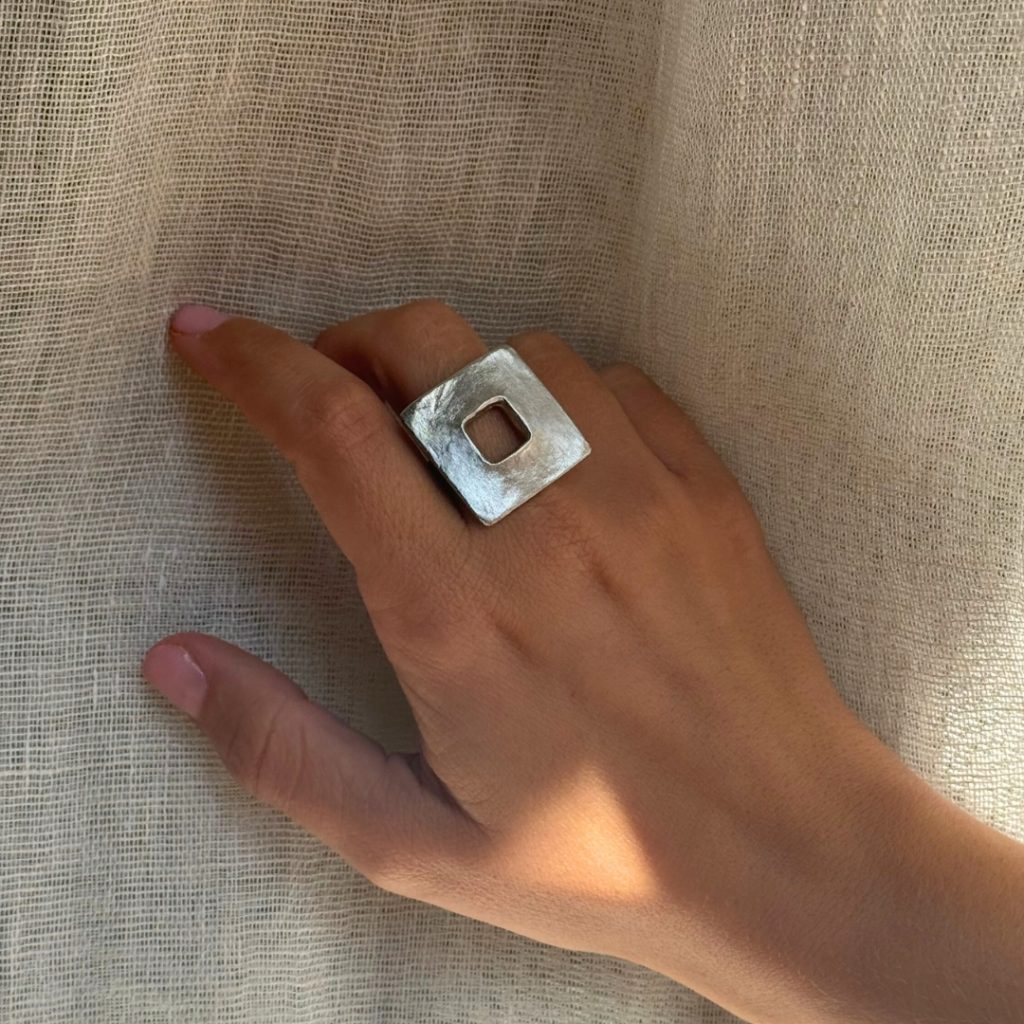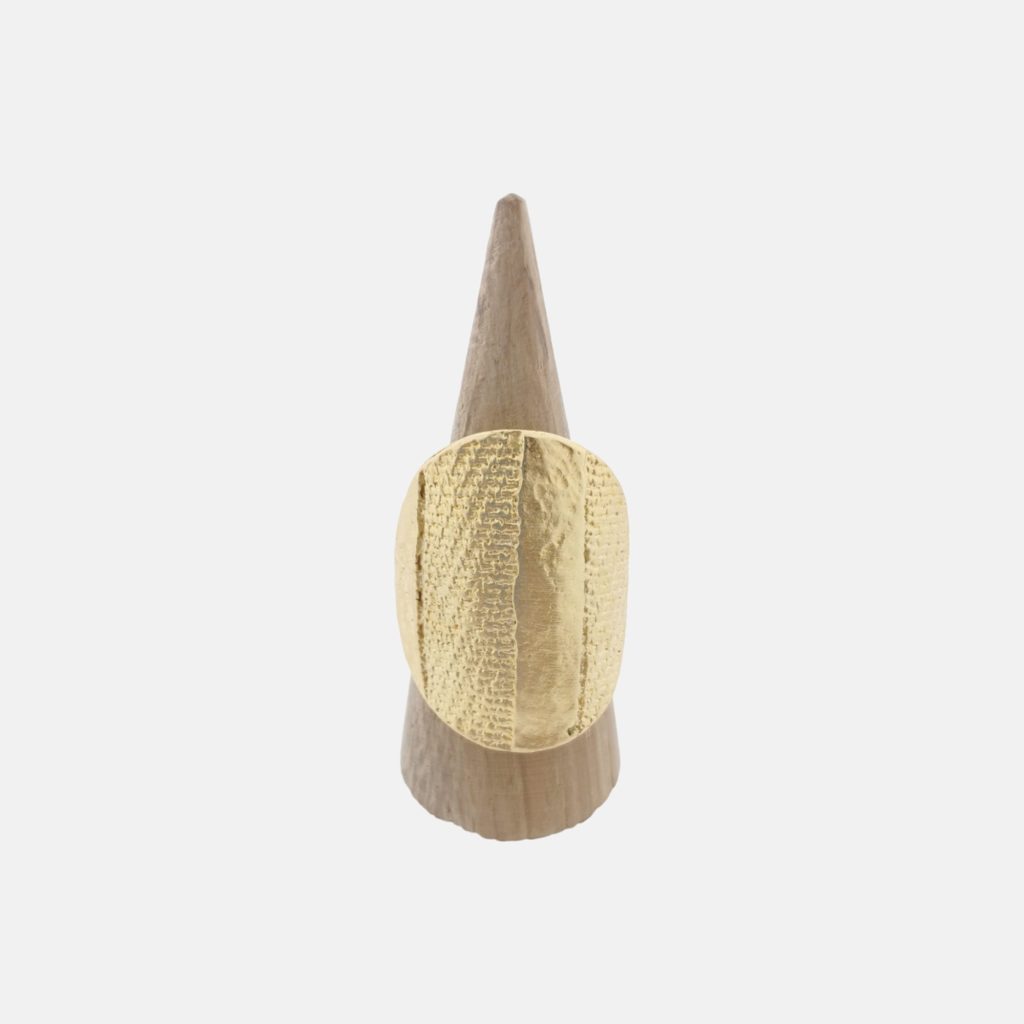Rings
Rings, an ancestral origin
Rings are ornaments with a long and fascinating history, as ancient as humanity itself. In their evolution throughout history, these small jewels have managed to captivate the imagination and creativity of different civilizations.
The existence of the first rings is believed to date back thousands of years, during prehistoric times, specifically the Paleolithic era.
These initial pieces of jewelry were crafted from natural and rudimentary materials such as wood, bones, stones, or shells, and their designs were very simple.
They were primarily used to protect hands from the cold or friction with tools. However, they also proved to be very useful tools for scraping, cutting, and could even function as effective weapons. Nevertheless, rings soon acquired a symbolic meaning, becoming protective amulets against evil spirits.
Rings in Antiquity, symbols of power and status
Over the years, these ornaments gained more symbolism.
In the ancient civilizations of Mesopotamia, Egypt, and Greece, these unique pieces became symbols of status and power. Kings, pharaohs, and nobles proudly adorned them as symbols of wealth and authority.
During this time, loops were crafted from precious materials like silver, gold, and gemstones, often adorned with cultural or religious symbols and engravings.
In Ancient Egypt, rings played a crucial role in funeral rituals associated with eternal life.
As time passed, these accessories spread to other Mediterranean cultures such as the Roman and Greek. In these cultures, these jewels were associated with power, wealth, and social position.
Romans used rings to identify their documents as a personal seal. Additionally, in weddings, rings were worn as symbols of commitment and love, finely and delicately crafted, reflecting the craftsmanship of Ancient Rome.
The Middle Ages and the flourishing of design
The Middle Ages witnessed significant advancements in the art of jewelry-making, using materials like silver, gold, and gemstones to create increasingly sophisticated and elaborate pieces, especially rings.
As a result, designs became more intricate, featuring religious, animal, and floral motifs.
On one hand, the upper classes, including kings, nobles, and knights, embraced rings as symbols of opulence and luxury, using them as seals to authenticate letters and documents, and as symbols of hierarchy.
On the other hand, the tradition from Ancient Rome, where the groom presented his future wife with an iron loop as a symbol of love and fidelity, spread across Europe during the Middle Ages and the Renaissance. This tradition has since become one of the most important customs in weddings worldwide.
In this way, jewelry adorned with precious gemstones took on a new romantic meaning, a significance that persists in our current society.
Engagement rings, the promise of eternal love
Engagement rings are a tangible symbol of commitment, love, and marriage between two people who choose to spend their lives together.
In contemporary society, engagement rings are undoubtedly the most iconic and representative pieces of jewelry.
They also have a deeply rooted tradition, making them very popular in most cultures around the world.
Traditionally, the engagement hoop is worn on the left ring finger, a belief that dates back to Ancient Rome and the connection of this finger to the heart.
The designs of engagement rings are as varied as the love stories they tell. From classic solitaires, typically characterized by a central gem, usually a diamond, set in precious metals like platinum or gold, to more sophisticated pieces with multiple gemstones, each ring reflects the style and personality of the wearer.
The circular shape of engagement rings represents the eternity of love, while the gemstone symbolizes the strength, purity, and constancy of the feeling.
In addition to their symbolic function, engagement rings also have an extensive cultural history. It is known that in Ancient Rome, these pieces of jewelry were used to seal romantic commitments, with iron rings exchanged as a sign of union.
Wedding rings, for the union of love
Wedding rings are often confused with engagement hoops when, in fact, they have different meanings. Wedding bands, also known as rings, are the rings that the couple exchange during the marriage ceremony.
While the engagement ring marks the beginning of the marriage, the wedding ring symbolizes the culmination of that promise of union, the seal of unconditional love, and the commitment of the couple to share the rest of their lives together.
Following the same tradition as the engagement ring, the wedding band is worn on the left ring finger.
Unlike engagement hoops, which are more elaborate and eye-catching, wedding rings tend to be more discreet and simple in design, representing fidelity and equality in the couple.
They are usually plain bands made of silver, gold, platinum, or titanium, or with minimalist engravings. Their circular shape symbolizes the continuity of love and the couple’s union, and their smooth texture is associated with purity and fidelity.
On some occasions, these rings may be engraved with significant inscriptions, such as the names of the spouses, the wedding date, or a special message.
Due to the variety in materials and finishes, today’s wedding bands offer a great diversity of models to suit all budgets, tastes, and personalities.
Rings
Rings, an ancestral origin
Rings are ornaments with a long and fascinating history, as ancient as humanity itself. In their evolution throughout history, these small jewels have managed to captivate the imagination and creativity of different civilizations.
The existence of the first rings is believed to date back thousands of years, during prehistoric times, specifically the Paleolithic era.
These initial pieces of jewelry were crafted from natural and rudimentary materials such as wood, bones, stones, or shells, and their designs were very simple.
They were primarily used to protect hands from the cold or friction with tools. However, they also proved to be very useful tools for scraping, cutting, and could even function as effective weapons. Nevertheless, rings soon acquired a symbolic meaning, becoming protective amulets against evil spirits.
Rings in Antiquity, symbols of power and status
Over the years, these ornaments gained more symbolism.
In the ancient civilizations of Mesopotamia, Egypt, and Greece, these unique pieces became symbols of status and power. Kings, pharaohs, and nobles proudly adorned them as symbols of wealth and authority.
During this time, loops were crafted from precious materials like silver, gold, and gemstones, often adorned with cultural or religious symbols and engravings.
In Ancient Egypt, rings played a crucial role in funeral rituals associated with eternal life.
As time passed, these accessories spread to other Mediterranean cultures such as the Roman and Greek. In these cultures, these jewels were associated with power, wealth, and social position.
Romans used rings to identify their documents as a personal seal. Additionally, in weddings, rings were worn as symbols of commitment and love, finely and delicately crafted, reflecting the craftsmanship of Ancient Rome.
The Middle Ages and the flourishing of design
The Middle Ages witnessed significant advancements in the art of jewelry-making, using materials like silver, gold, and gemstones to create increasingly sophisticated and elaborate pieces, especially rings.
As a result, designs became more intricate, featuring religious, animal, and floral motifs.
On one hand, the upper classes, including kings, nobles, and knights, embraced rings as symbols of opulence and luxury, using them as seals to authenticate letters and documents, and as symbols of hierarchy.
On the other hand, the tradition from Ancient Rome, where the groom presented his future wife with an iron loop as a symbol of love and fidelity, spread across Europe during the Middle Ages and the Renaissance. This tradition has since become one of the most important customs in weddings worldwide.
In this way, jewelry adorned with precious gemstones took on a new romantic meaning, a significance that persists in our current society.
Engagement rings, the promise of eternal love
Engagement rings are a tangible symbol of commitment, love, and marriage between two people who choose to spend their lives together.
In contemporary society, engagement rings are undoubtedly the most iconic and representative pieces of jewelry.
They also have a deeply rooted tradition, making them very popular in most cultures around the world.
Traditionally, the engagement hoop is worn on the left ring finger, a belief that dates back to Ancient Rome and the connection of this finger to the heart.
The designs of engagement rings are as varied as the love stories they tell. From classic solitaires, typically characterized by a central gem, usually a diamond, set in precious metals like platinum or gold, to more sophisticated pieces with multiple gemstones, each ring reflects the style and personality of the wearer.
The circular shape of engagement rings represents the eternity of love, while the gemstone symbolizes the strength, purity, and constancy of the feeling.
In addition to their symbolic function, engagement rings also have an extensive cultural history. It is known that in Ancient Rome, these pieces of jewelry were used to seal romantic commitments, with iron rings exchanged as a sign of union.
Wedding rings, for the union of love
Wedding rings are often confused with engagement hoops when, in fact, they have different meanings. Wedding bands, also known as rings, are the rings that the couple exchange during the marriage ceremony.
While the engagement ring marks the beginning of the marriage, the wedding ring symbolizes the culmination of that promise of union, the seal of unconditional love, and the commitment of the couple to share the rest of their lives together.
Following the same tradition as the engagement ring, the wedding band is worn on the left ring finger.
Unlike engagement hoops, which are more elaborate and eye-catching, wedding rings tend to be more discreet and simple in design, representing fidelity and equality in the couple.
They are usually plain bands made of silver, gold, platinum, or titanium, or with minimalist engravings. Their circular shape symbolizes the continuity of love and the couple’s union, and their smooth texture is associated with purity and fidelity.
On some occasions, these rings may be engraved with significant inscriptions, such as the names of the spouses, the wedding date, or a special message.
Due to the variety in materials and finishes, today’s wedding bands offer a great diversity of models to suit all budgets, tastes, and personalities.













